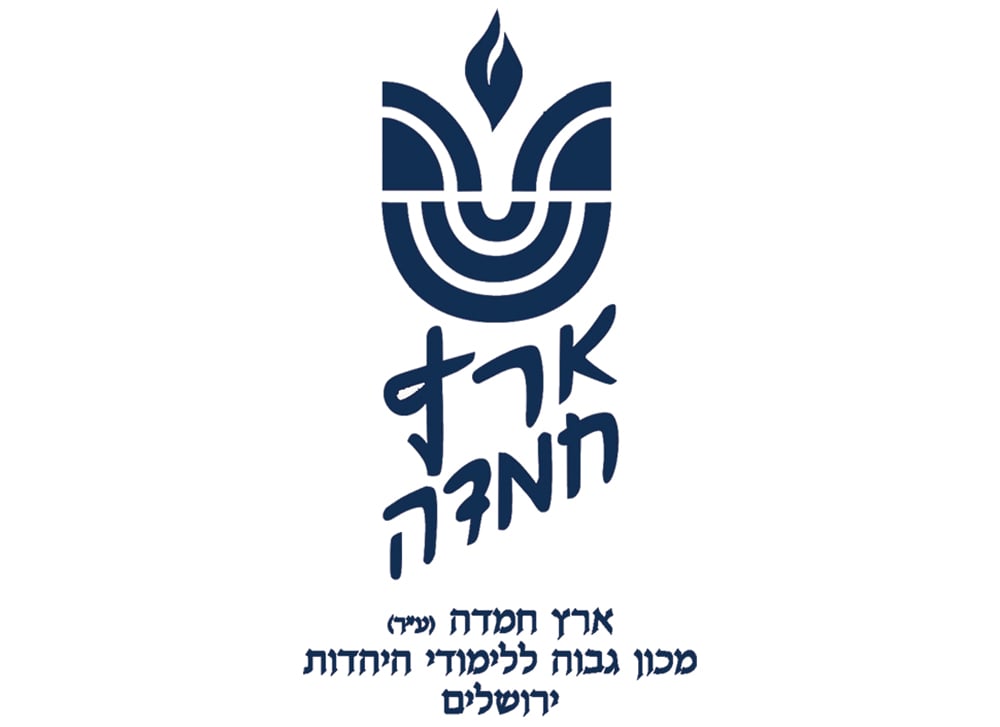
לעילוי נשמת
יואל אפרים בן אברהם עוזיאל זלצמן ז”ל
Introduction: Over the past few weeks, we have on our minds the precious need to save lives, including by “pushing off” Shabbat to enable this. We will now present some of the halachic and practical underpinnings of the laws that pikuach nefesh (saving a life) takes precedence over almost all of the Torah’s mitzvot and prohibitions.
Principles: While the Gemara (Yoma 85a-b) cites several possible derivations that pikuach nefesh supersedes Shabbat and by extension other prohibitions, the most accepted one is general: the statutes of the Torah are “to live with them” (Vayikra 18:5) and not to die due to them. The nature of the derivation makes the halacha broad, conceptually and practically, including when the need or chance of saving is not definite (ibid.; see Be’ur Halacha to OC 329:4).
The most important thing needed to make a determination of when pikuach nefesh allowances apply is expertise in evaluating the danger. Special weight is given to people whose expertise is professionally recognized, e.g., doctors (see Shulchan Aruch, OC 328:10). However, many times a rabbi, parent or bystander will have to make a determination; knowledge and wisdom are helpful, but it is better that he err on the side of concern for the life.
There are not clear statistical guidelines as to what counts as danger. Rabbi Akiva Eiger (Shut I:60) mentions in passing that a one thousandth chance of death is not halachic danger. Rav Neuwirth (Shemirat Shabbat K’hilchata 32:2) presents an appealing approach in the name of Rav Auerbach. Danger is not measured actuarially. Rather, just as regarding when one is permitted to enter danger, what society considers dangerous is impactful (see Yevamot 72a), so too pikuach nefesh applies to situations that normal people consider life-threatening. This approach explains a limitation important Acharonim (see Pitchei Teshuva, Yoreh Deah 363:5; Chazon Ish, Ohalot 22:32) put on life-saving needs—the danger must be one that is felt in the short-term (there are likely exceptions). The logic is that it is not normal to look well into the future, and therefore it is not justifiable to violate prohibitions over things that people usually ignore.
A major question involves steps one should take to lessen prohibitions, which we find regarding eating on Yom Kippur (Shulchan Aruch, OC 618:7), eating non-kosher foods (ibid. 9) and melacha (work) on Shabbat (ibid. 32:15-16). The Kiryat Sefer (Ma’achalot Assurot 14) posits that the requirement to minimize violations is only rabbinic. Many, not all, agree (see Yechaveh Da’at IV:30; Minchat Shlomo I:7). In any case, the Gemara (Yoma 84b) limits efforts to minimize violations, saying that saving lives on Shabbat should be carried out by adult Jews, as opposed to having a non-Jew do it. (The latter option is often used when there is great but not life-saving need (see Shulchan Aruch, OC 328:17).) Rishonim present two reasons for this exceptional halacha (see Beit Yosef, OC 328): 1. Perhaps the non-Jew will not be diligent enough, thus increasing danger. 2. If people get used to looking for a non-Jew, if one is not readily available, they may miss the opportunity to save in time. Despite the Gemara, the Rama (OC 328:12) cites an opinion that we prefer a non-Jew who will do the job well. The Taz (ad loc. 5) disagrees due to the Gemara, and the Mishna Berura (328:37) is inconclusive.
Practice (in places such as Sha’arei Tzedek Hospital) is that a Jewish doctor will take overall responsibility for orchestrating and doing the saving, but when there is time for a non-Jew to do simple actions, e.g., turning on lights, that is preferred. The Rama (ibid.) likewise adds that one should try to do what he can b’shinuy (in an unusual way), to lessen Shabbat violation. On this point, there is less opposition, which makes sense according to our distinction between the macro and the micro of the efforts to save. The ability to violate Shabbat with a shinuy is valuable for encouraging a God-fearer who is reticent to violate Shabbat when he is not convinced of its pressing nature.
Rabbi Mann is a dayan for Eretz Hemdah and a staff member of Yeshiva University’s Gruss Kollel in Israel. He is a senior member of the Eretz Hemdah responder staff, editor of Hemdat Yamim and the author of “Living the Halachic Process Volumes 1 and 2” and “A Glimpse of Greatness.”








